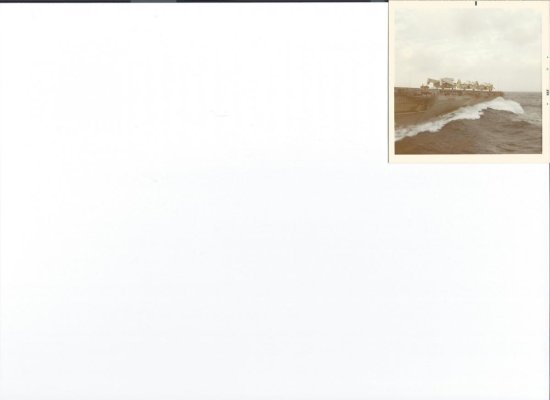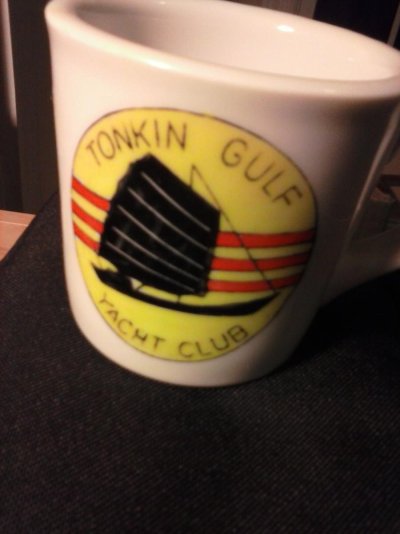Sailor son informs me
It takes roughly 400 gallons of water, converted into steam for each cat launch!
It takes roughly 400 gallons of water, converted into steam for each cat launch!
Marin-you really missed your big chance while on the Connie. You should have talked into taking you up. You cannot believe what being launched from a carrier is like. I flew backseat F-4Js in the USMC out of Cherry Point, NC. We had an annual rotation cruise with the Fleet, usually on the USS Enterprise. An F-4J has a takeoff weight of anywhere from about 52,000 to 58,000 lbs depending on armor and fuel load. Our aircraft had GE J79-10 engines at about 18,500 lbs thrust each, about 26,000 lbs each in full afterburner. Liftoff speed for the F-4J is approximately 190 knots, although coming off the front of the carrier, you are usually at about 185. The catapault accelerates a 57,000 lb aircraft from 0 to over 180 knots over about 600 feet and 3.3 seconds. It is a kick in the ass that you never forget. It is really cool to go below decks and see the cat-they are steam powered, one massive piston. I don't know how big, but imagine the mass needed to get that aircraft moving that fast that quickly. It is impressive.
True Catapault Story-around 1971, the USMC and the USAF had an exchange program where the AF would send a squadron of F-4s in to Cherry Point to become carrier qualified. We had an auxiliary airfield at Cherry Point, Bogue Field, that had a cat and arresting gear. The AF had to fly our aircraft as the AF F-4s had a weaker undercarriage than the Navy/Marine ones. The AF pilots were used to long, slow, shallow glide paths. Navy pilots bring the aircraft in and from about 75 feet or so just slam the plane to the deck, that's how you catch the arresting gear. Well, when we flew final carrier quals, we flew out to the old FDR, a WWII carrier. The AF guys could not believe how small an 800 foot ship looks from 5,000 feet! But we get everybody landed and were scheduled for launch the next morning. The first thing you get told on the cat is "Head back against the headrest, heels back against the base of the seat, and hang on to something". Well the old Martin-Baker-5 ejection seats we had had three means of ejecting, a face curtain, a lever on the right almost at the floor, and a big "D" ring between your knees. Well, the first AF pilot that launched, his backseat guy held on the the D Ring. With that accerlation his hands pulled up and he ejected himself right over the bow of the FDR! We always had two choppers in the air during operations, so they get to him pretty quickly. And fortunately for him, unhurt. A lot of ejections cause back and neck compression injuries. At the end the AF stay, at a dinner in the O Club, our CO gave him a "Premature Ejaculation" Award!


 , It's good to see so many on the site.
, It's good to see so many on the site.

![image[1].jpg](/data/attachments/43/43231-7ed7b9dc35881b5762539db90010022f.jpg)